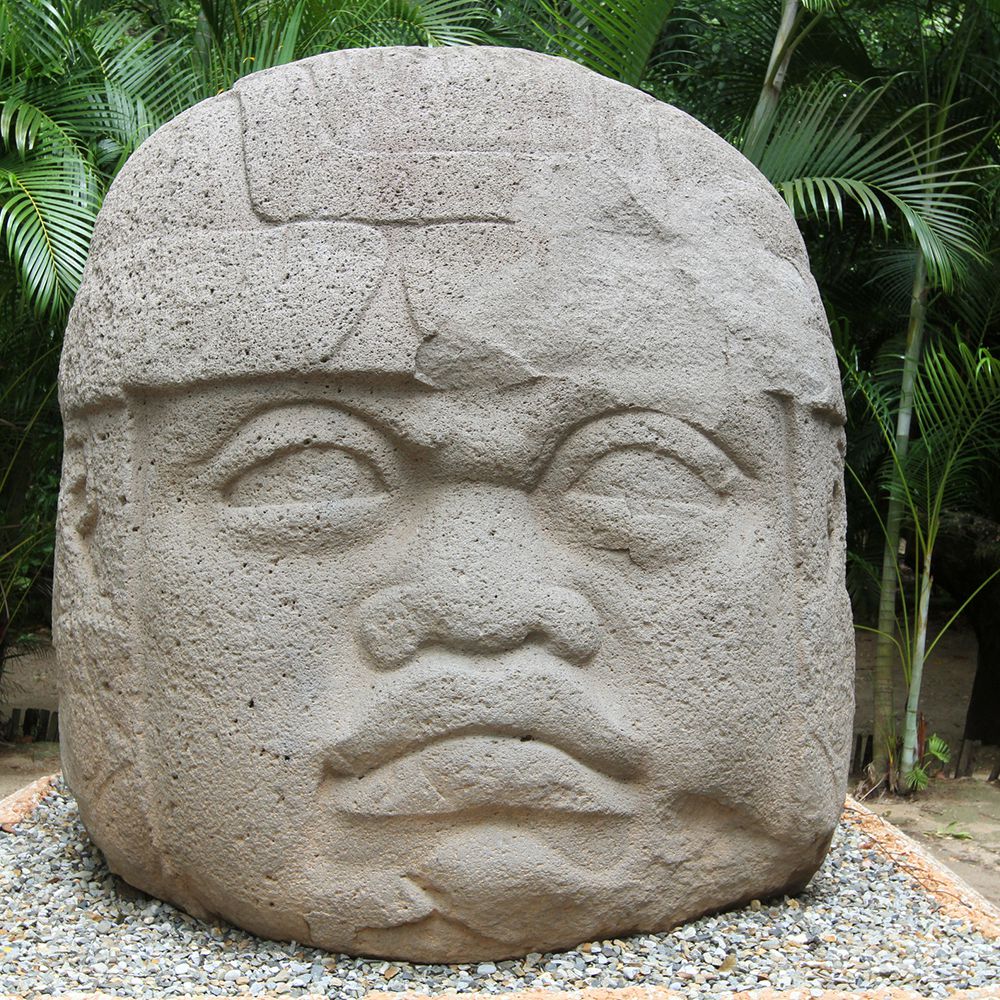This course is a survey of the art of Mexico spanning from the
pre-Columbian period through the 21st century, and to include
Chicanx art. Beginning with pre-Columbian art, major monuments of
sculpture, architecture, and painting will be studied ranging from
approximately ca. 2000 BCE until the Conquest.
The approach is at once historical, in that visual form and types of images are studied in their development over time and across cultures, and anthropological, in the sense that cultures are studied at isolated moments as a way of better understanding the significant roles art and architecture play within them. Emphasis is placed on the ways in which ancient cultures of Mexico represented the human form, visual symbolism and architecture; as well as on the socio-political and religious meanings and contexts.
After pre-Columbian art, our focus then shifts to Mexican Colonial art, to include Casta paintings and Tequitqui architecture. Art of the Mexican Revolution will be surveyed to include the art of political satirist José Guadalupe Posada, known for his popular lithographs and his politically acute calaveras, as well as the photography that captured the Revolution, which has long been considered one of the “iconic” revolutions of the 20th century although distinct from the three revolutions that were still to come, in Russia, China and Cuba.
The rise of modernism in Mexico will be highlighted with the rise of muralism and the artists that were instrumental to this mode of art productionmeant to promote social change, as well as other pertinent artists and photographers including Frida Kahlo. We end with contemporary Mexican art, including Chicanx art in the Los Angeles, where we will be highlighting the rise of the Chicanx Cultural Renaissance, as informed by identity politics of the 1960s and which gave voice to the burgeoning Chicanx movement. The consequent rise of a new aesthetic and artistic movement will be considered as articulated through muralism, performance and photography.
The approach is at once historical, in that visual form and types of images are studied in their development over time and across cultures, and anthropological, in the sense that cultures are studied at isolated moments as a way of better understanding the significant roles art and architecture play within them. Emphasis is placed on the ways in which ancient cultures of Mexico represented the human form, visual symbolism and architecture; as well as on the socio-political and religious meanings and contexts.
After pre-Columbian art, our focus then shifts to Mexican Colonial art, to include Casta paintings and Tequitqui architecture. Art of the Mexican Revolution will be surveyed to include the art of political satirist José Guadalupe Posada, known for his popular lithographs and his politically acute calaveras, as well as the photography that captured the Revolution, which has long been considered one of the “iconic” revolutions of the 20th century although distinct from the three revolutions that were still to come, in Russia, China and Cuba.
The rise of modernism in Mexico will be highlighted with the rise of muralism and the artists that were instrumental to this mode of art productionmeant to promote social change, as well as other pertinent artists and photographers including Frida Kahlo. We end with contemporary Mexican art, including Chicanx art in the Los Angeles, where we will be highlighting the rise of the Chicanx Cultural Renaissance, as informed by identity politics of the 1960s and which gave voice to the burgeoning Chicanx movement. The consequent rise of a new aesthetic and artistic movement will be considered as articulated through muralism, performance and photography.

- Teacher: Katherine Albers
- Teacher: Danny Jauregui
- Teacher: Dianna Santillano